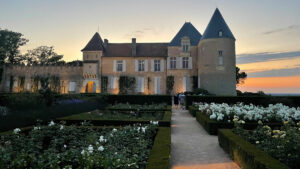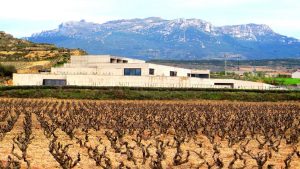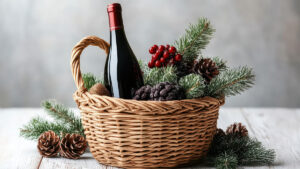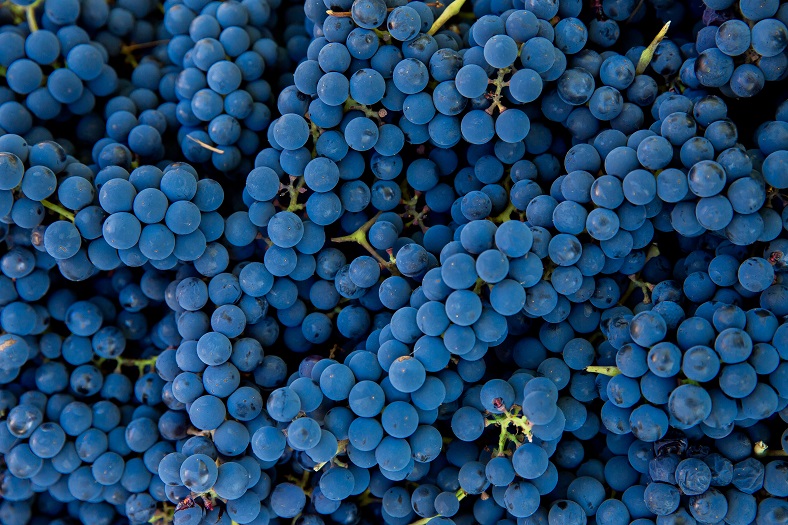
Crafted since the age of Antiquity, exalted in the world of gastronomy, laden under the scrutiny of critics and shrouded in baffling language, wine is…complicated. At the heart of this mystifying drink, though, is a down-to-earth process based on farming and science. Here we’ll cover the three key steps of wine making: growing the grapes, vinification, and maturation.
Roots
Wine is made from grapes, which grow on vines. These plants exist in the wild and it takes quite a bit of care on the part of human beings to get the best fruit from them. As is the case for apples, for example, there are many different varieties of grape, known as varietals (or cépages in French). Grapes can be white or red, and each kind has its own characteristics and aromas. Each varietal thus feels more or less at home in different regions based on elements like the temperature, the type of soil, and the general climate. For example, the Riesling grape is a white varietal with a high level of acidity – wine made from this grape tends to have floral and fruity hints like apple and citrus – and is best adapted to cooler climates such as northern France and Germany.
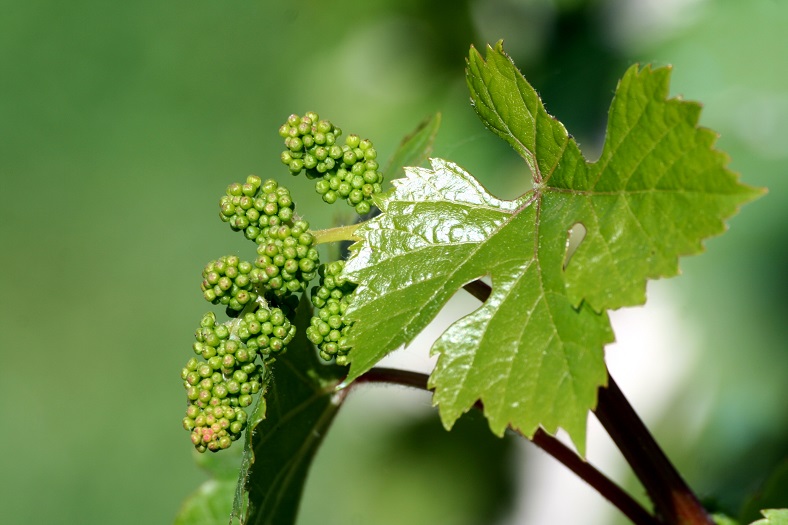
As the seasons turn, wine growers – known as vintners – will take care of their vines in their own way, with some using organic or biodynamic methods, for example. The vine’s flower turns into a grape which, once ripe, is harvested. The vintner can decide to collect the grapes earlier in the cycle when they are more acidic and less sweet, at the point of perfect ripeness, or indeed when the fruit is over-ripe. The grapes used to make dessert wines, such as those in the Sauternes region, are harvested very late; once they’ve developed what is known as noble rot.
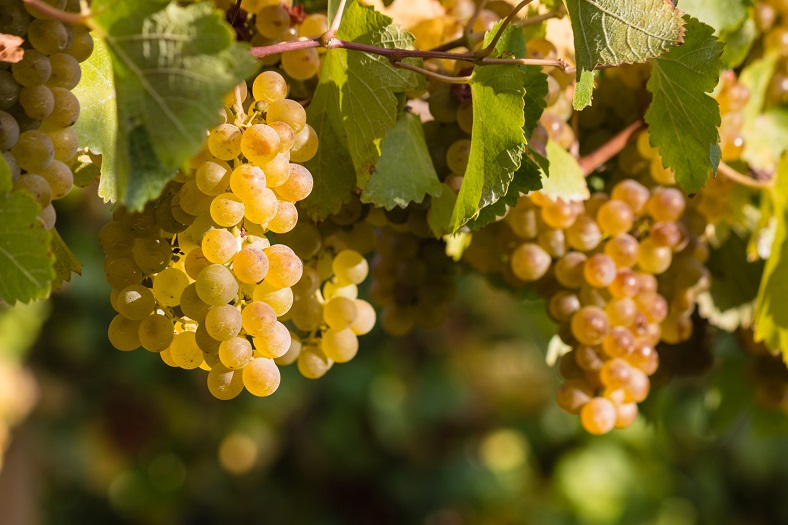
From vine to wine
Once harvested, the grapes are taken to the winery (chai in French) where vinification takes place. This is the essential process that turns grape juice into the alcoholic beverage that is wine. To make the grape juice, the grapes are pressed, and this can happen either before or after fermentation. When white wine is made, the grapes are usually pressed as soon as they arrive at the winery, whilst a different method is used for reds. Red and rosé wines get their colour from the grape skins; the process of keeping the juice in contact with the skins is called maceration. During this time, alcoholic fermentation takes place, meaning that yeast (either naturally occurring or added) converts sugar (from the grapes) into alcohol.
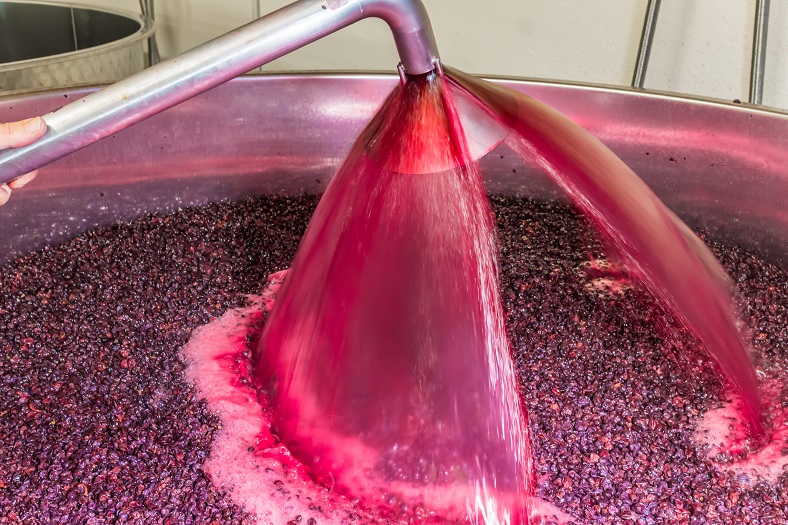
There are many different methods of vinification that produce different results in the wine. Maceration, for example, can be shorter or longer. The container in which the wine is vinified is also important: white wine can be vinified in stainless steel vats in order to retain its minerality, and red wine can be put in oak casks for the wood to confer its aromas. Certain methods are tied to certain regions, such as Bordeaux, where is usual to blend different grape varietals to bring balance and complexity to a wine.
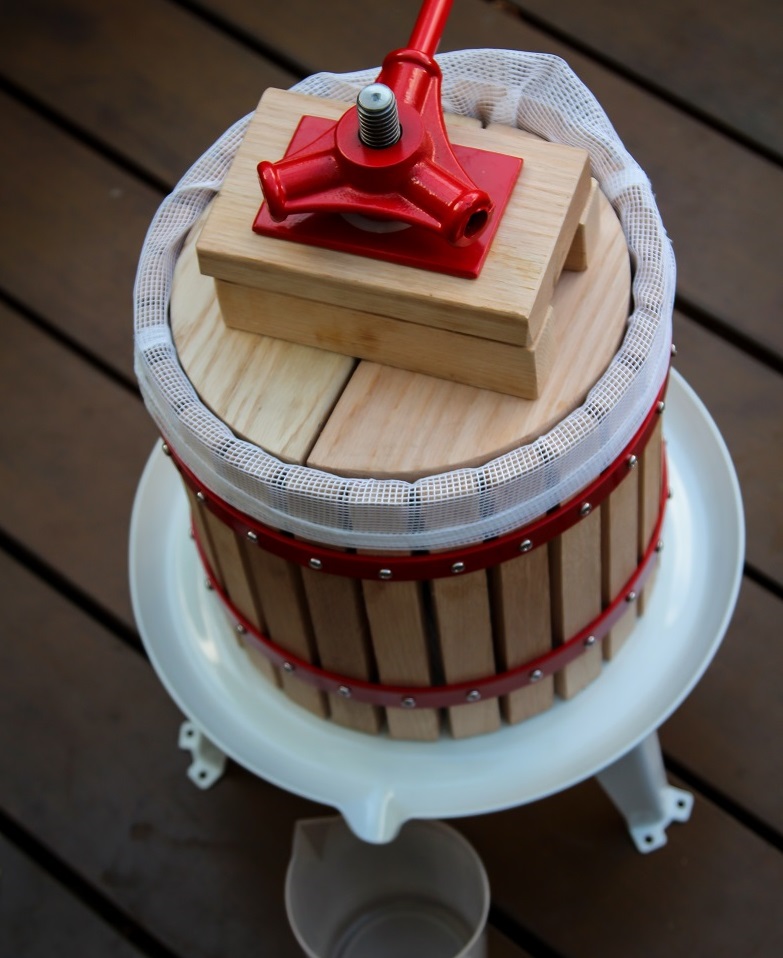
Maturation
After being vinified, the wine is stocked for a period that ranges from one month to over a year in some cases. This is what we call maturation (élevage in French). During this time, the aromas, flavours, body, and texture of a wine will develop, again affected by the kind of container used. Often oak barrels are used for maturing wine, but vats made of steel and concrete are also quite common, and some wine makers opt for alternative containers like amphora pots. Once this period is finished, the wine is bottled and sold, though many wines will continue to evolve in the bottle. The ageing potential of the wine can range extensively; it’s not as simple as saying that the longer a wine ages, the better it will taste. This subtlety depends on many different factors, but wine makers will have a good idea of when their wine will reach its peak!
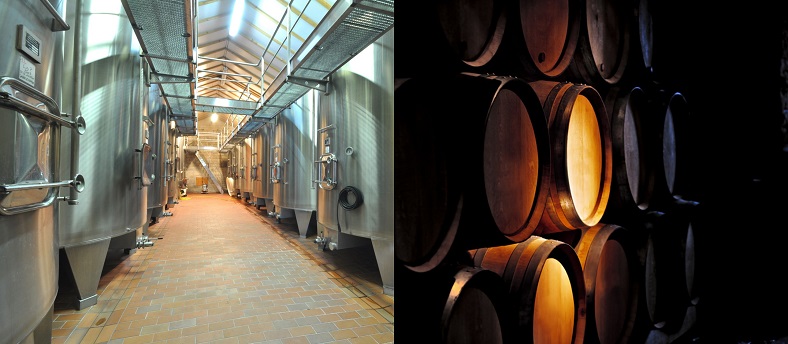
This is a very general oversight of the wine making process, and there are many curious vintners experimenting with alternative methods to look out for. As you can see, it takes a lot of careful work to get the grape all the way to your glass, and it is fascinating to see this ancient craft persist and evolve.
Now…would you like to see the wines we currently have in stock?

